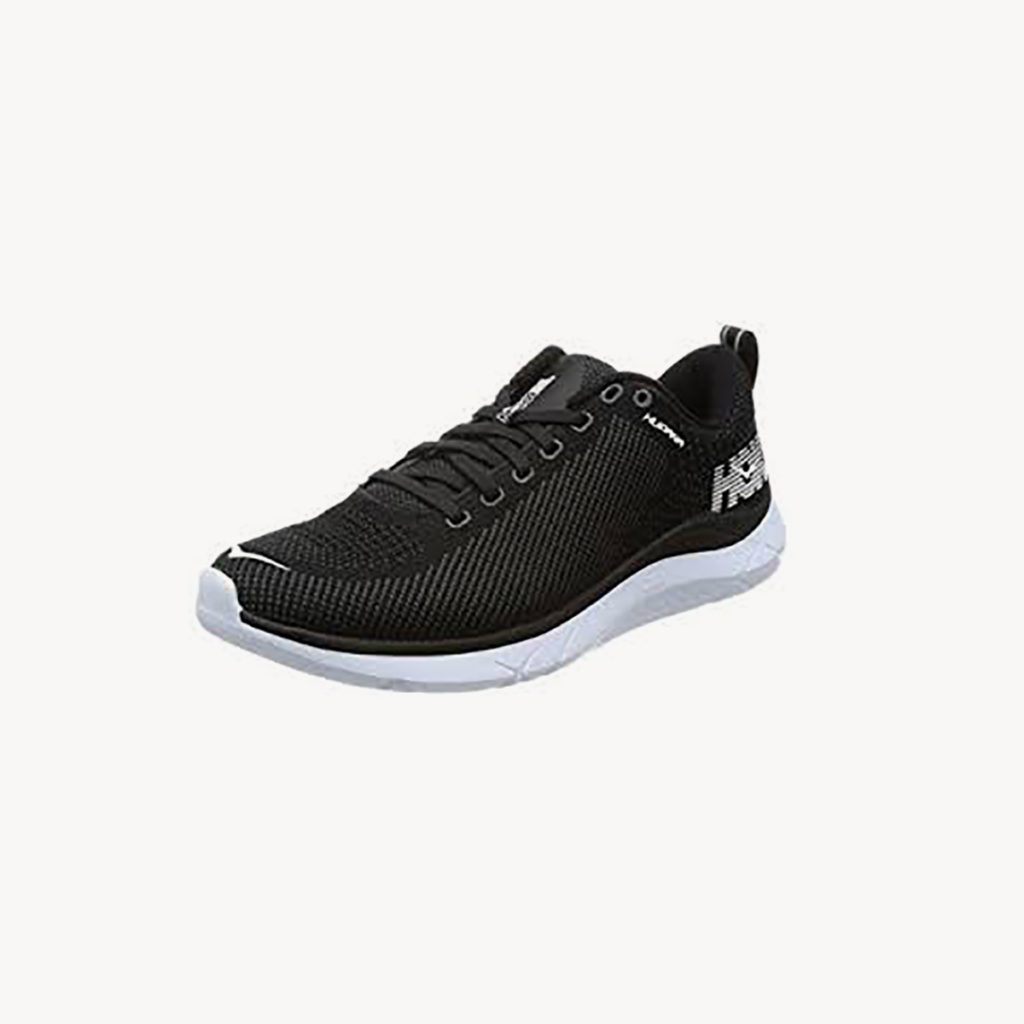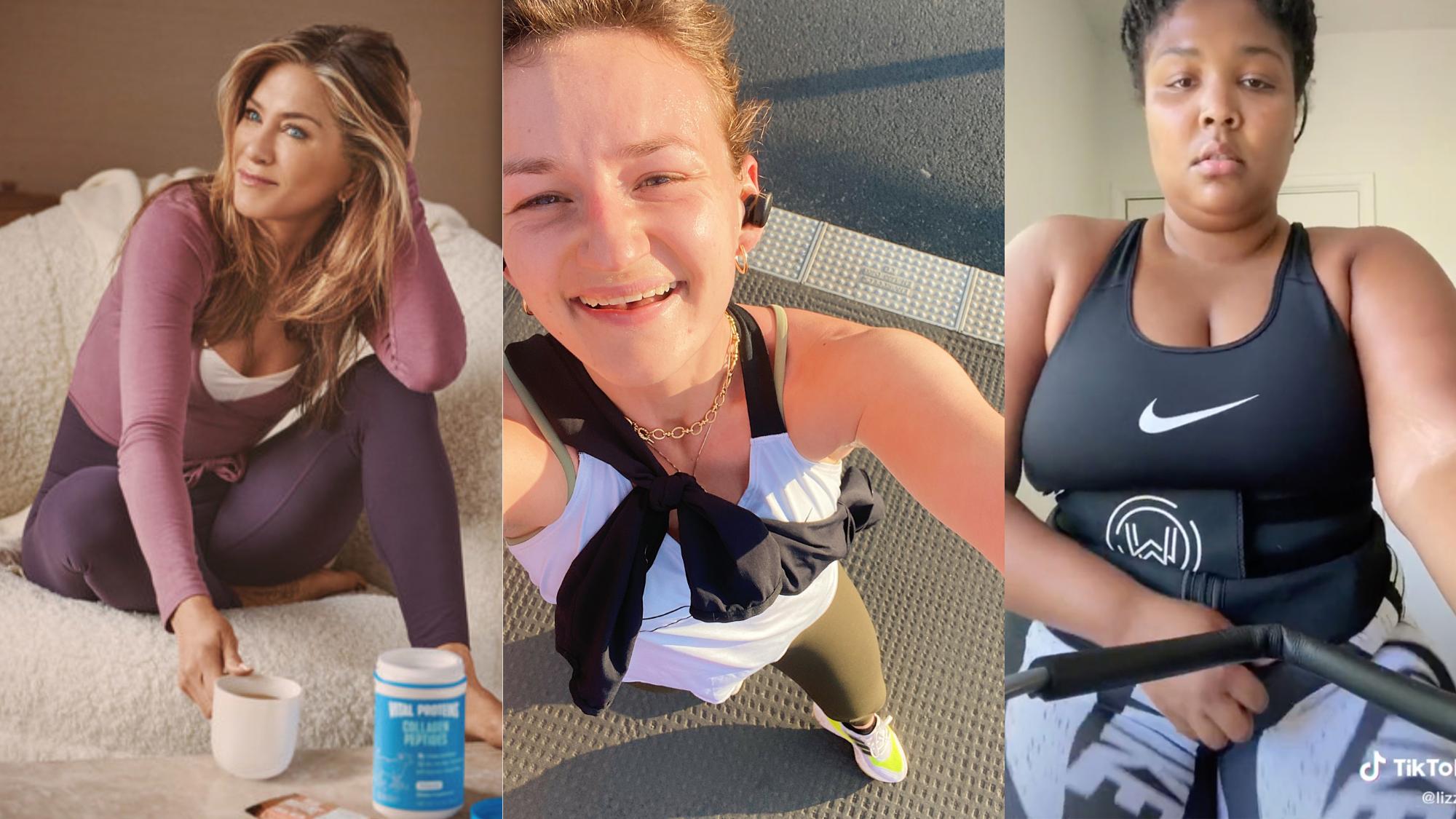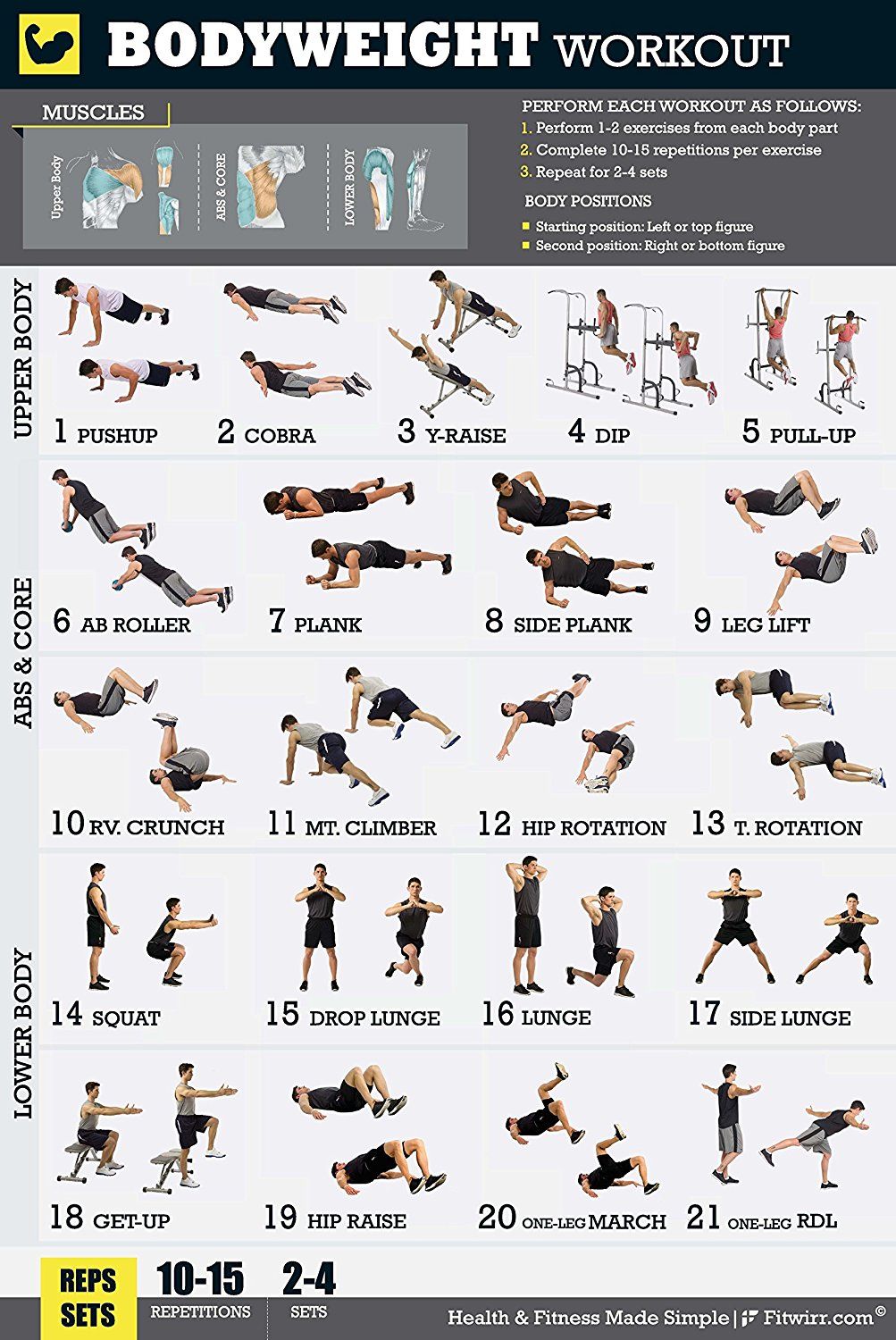
When buying running shoes, you may be wondering how much room you need. Your feet should have room to wiggle and not slide around uncontrollably. When purchasing a new pair, two things to be aware of are the toe width and the heel fit. You can't run in a shoe that pops out or slides around uncontrollably.
Toe-box length
Running shoes must be long enough to accommodate your toes. A shoe that fits well with a large toe box can reduce the risk of blisters. Toe-box length can also be affected by swelling. You can either use toe socks or tape your toes to get an idea of how much space is required in the toebox.
The toe box length of running shoes should be approximately one thumb length longer than the length of your longest toe. For some people, this might be the second. Your foot needs to have more space in order for it to spread during running. An over-fitted shoe can cause blisters or rubbing.
Fit your heel
If you are looking to purchase a pair new of running shoes, make sure to have enough room for your toes. The shoe's toe-box should be approximately a thumb's breadth wider than the longest toe. Because your foot needs space to spread out during running and absorbs the impact of every step, this extra space is crucial.

Make sure to wear the right size socks when trying on shoes. If the socks are too thick, they may interfere with your fit. Remember that your feet tend to swell throughout a day so it is best to wear your shoes in the afternoon, rather than in the morning. The toe should not be too tight, but the heel should still be flexible.
Toe-box width
Running shoes should be at least one thumbnail wider than your longest foot. Some people have very long toes. They will need more room. This will allow your foot more space when running. Because your feet can swell during running, you will need to leave a bit more room in your toe box.
Your foot's toe-box width will help determine the type of running shoes that are right for you. A narrower toe box means less space for your toes and could cause you to rub against the sides of the shoe. Wide toe boxes give you more space around your toes and the ball of your foot.
Shoe width
It is important to know how much space you have in your running shoes before buying them. The right size shoe should allow for half to full thumb space between the longest and the ends of the toes. This will help prevent the shoe from slipping and causing your heels to pop out when running. The shoe should fit comfortably without pinching your heel or toes.
In order to measure the size of your shoe, you need to remove the insoles. Next, take off the insoles and put on socks. The shoe will be comfortable if it fits well with socks. If you have bunions, a shoe that has more room for your feet will be better.

Heel slippage
If you've ever had heel slippage, you know how frustrating it can be. This can occur while you are walking or running, and can cause serious injury if it happens. You can fix heel slippage by wearing the correct socks and choosing the right shoes.
To avoid heel slippage, the easiest way is to make sure your shoe fits perfectly. Running shoes should be about thumb-width wide around the heel. However you need to allow for some wiggleroom. This will allow the shoe to withstand impact and prevent any slippage. You should remember that shoes may not fit every foot in the same way and you might need to adjust your shoe's fit.
FAQ
Do I need to warm up before exercising?
Warming up prior to an activity helps reduce muscle soreness. It also improves performance. You can use several methods to warm up: walking, running, jumping rope, stretching, and cycling are just a few examples. Begin slowly, and then increase the intensity.
Can exercise help me lose weight?
Yes. Regular exercise will help to reduce weight by burning more calories. You can also increase your metabolism, which means you will continue to burn calories even if you don't exercise.
Do I gain weight from exercising?
Not at all. Actually, exercising can help you to maintain your current weight. Regular exercise will help you build muscle and boost your metabolism. This will allow you to burn more calories every day. This means your body will not store as much fat.
Can I eat while I'm exercising?
Yes. Yes. You can eat whatever you want while you exercise. Low-calorie snacks like watermelon and carrots, celery apples, bananas, grapes, celery, celery, celery, celery, celery, apple, bananas, and carrots are best. These foods are rich in nutrients that will help you work out better.
Statistics
- One study showed that adults who watch more than 4 hours of television daily had an 80% higher risk of death from cardiovascular disease. (heart.org)
- Adolescent girls were less active than adolescent boys, with 85% vs. 78% not meeting WHO recommendations of at least 60 minutes of moderate to vigorous intensity physical activity per day. (who.int)
- According to the Centers for Disease Control and Prevention, chronic diseases cause 7 out of 10 deaths in the U.S., and treating chronic diseases accounts for 86% of U.S. healthcare costs. (mana.md)
- An estimated 110,000 deaths per year could be prevented (cdc.gov)
External Links
How To
How to Keep Fit during Pregnancy
When you're pregnant, your body undergoes many changes. You experience a slowing of your metabolism and a decrease in food intake as you grow a child inside. You might even start to feel sick if you don't get enough sleep. But there are ways you can keep yourself healthy while still enjoying this exciting time in your life!
Before you start any exercise program, it is important to consult your doctor. You can have them tell you which exercises to avoid and which ones you can safely do. A second thing to do is eat well during pregnancy. This includes eating plenty protein, fiber, iron. Third, drink plenty of fluids. It's especially important to drink water when you're exercising since you lose a lot of fluid through sweat. Last, take good care of your feet. Your feet should be dry all the time and you should wear shoes that support your feet. If you're having morning sickness, make sure you eat something small like crackers or toast before getting out of bed. It could lead to nausea.
-
Healthy eating habits are important. A healthy diet is important throughout your entire pregnancy.
-
Stay active. Do at least 30 minutes of exercise each day.
-
Maintain a Healthy Weight Eating smaller meals and snacks can help you lose weight.
-
Get enough sleep. Sleep should be at least 7 hours each night.
-
Manage Stress. Learn relaxation techniques.
-
Avoid Alcohol. It can cause miscarriage or birth defects.
-
Be kind to yourself. Do not try to push yourself too hard.
-
Take care of yourself. It is important to have someone keep an eye on you whenever you feel the need.
-
Relax. Do things that make you happy.